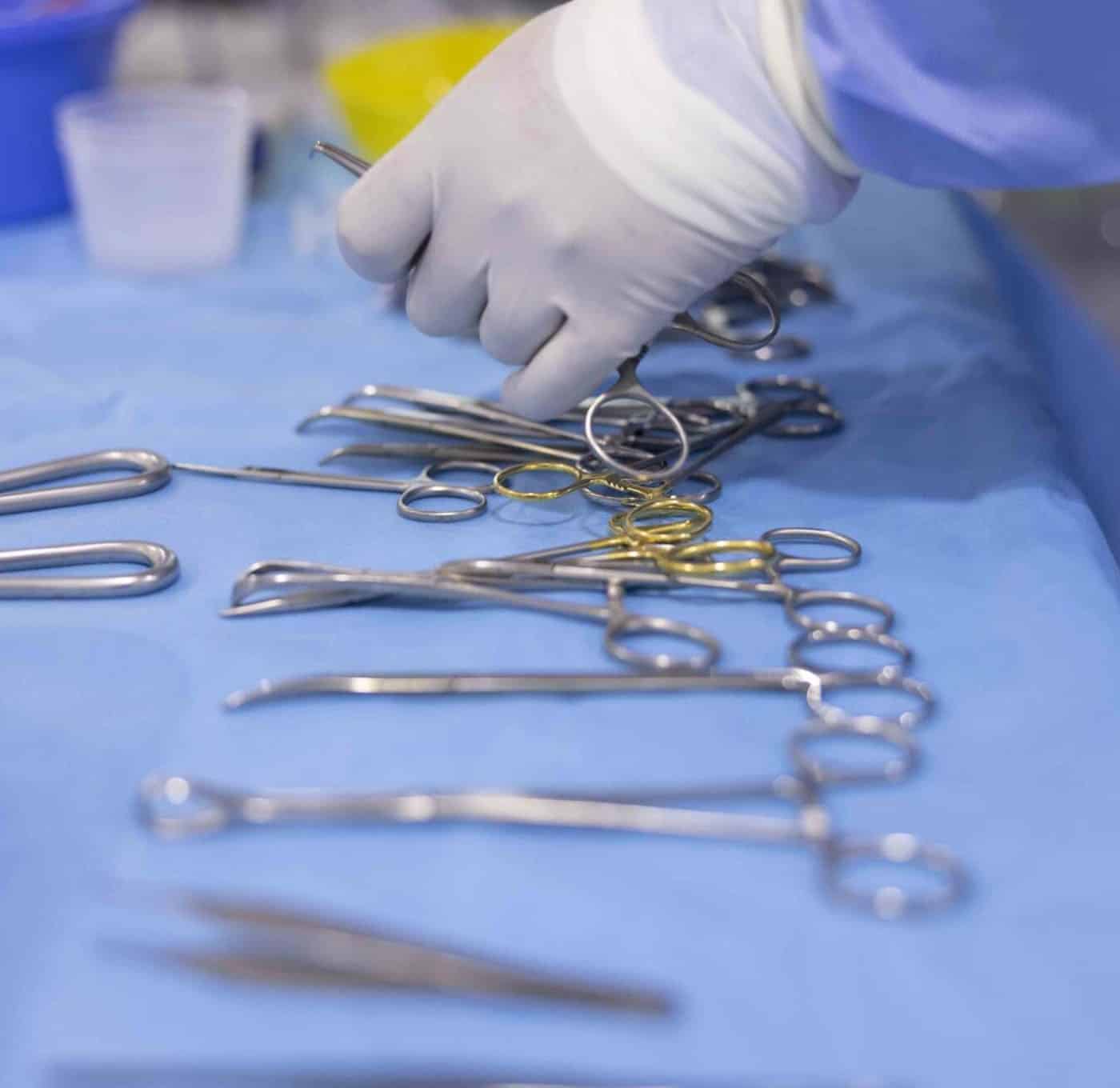Cardiac catheter ablation
Ablation is used to treat some types of rapid, irregular or abnormal heartbeats.

Your doctor has recommended you undergo a procedure called a cardiac catheter ablation.
You might not have heard this medical term before now and may be feeling unsure about the nature of the procedure.
This information sheet will outline what the procedure involves and what risks are involved.
After you read this information sheet, you might still have questions. If you do, please contact the team at Heart HQ. We’re here to help.
What’s a cardiac catheter ablation?
Ablation is used to treat some types of rapid, irregular or abnormal heartbeats.
There are two types of ablation—radio frequency ablation (RFA) and cyro ablation. Your doctor will decide and advise which one of these two types of ablation will be used.
How does it work?
An intravenous line (IV) will be placed into a vein in your arm. This is for the medical team to administer medication throughout your procedure.
You will have an injection of local anaesthetic into your right groin. A very small incision will be made in the skin and your doctor will carefully pass the catheter through the vein into your heart. Your doctor can see the catheter by using x-rays.
Your doctor will locate your abnormal heartbeat in a particular area of the heart. The ablation catheters can ‘burn’ that part of the heart muscle and cause a scar to this area of the heart. When the scar forms, this will cut off the abnormal pathway and prevent further irregular heartbeats.
You may experience a mild burning feeling in your chest when the abnormal pathway is being cut off. The burning feeling will go away when the ablation stops.
Anaesthetic
You will be given a local anaesthetic before the procedure. Sedatives will also be given.
What kind of risks are associated with this procedure?
Any kind of procedure carries some element of risk, often very small and rare.
Your doctor has balanced the benefits and risks of carrying out the test against the benefits and risks of not proceeding. If your doctor has recommended this procedure, they believe there is benefit to you going ahead.
It’s important you understand the risks involved so you can make an informed decision.
Here are the most commonly reported risks and complications associated with a cardiac catheter ablation.
Common risks and complications (more than 5% of cases)
- Minor bruising at the puncture site.\
Uncommon risks and complications (1–5% of cases)
- Heart block—this may require a pacemaker
- Major bruising or swelling at the groin puncture site—in rare cases this may require surgery
- A hole is accidentally made in the heart—this may need drainage or surgery to repair
- Blood clot in the leg (deep vein thrombosis or DVT) causing pain and swelling—in rare cases part of the clot may break off and go to the lungs
- Blood clot in the lung
- Skin injury from radiation, causing reddening of the skin
Rare risks and complications (less than 1% of cases)
- Heart attack
- Accidental tear or puncture of the artery—this may require surgery to repair
- A higher lifetime risk from exposure to radiation
- A stroke—this may cause long term disability
- Death as a result of this procedure is rare